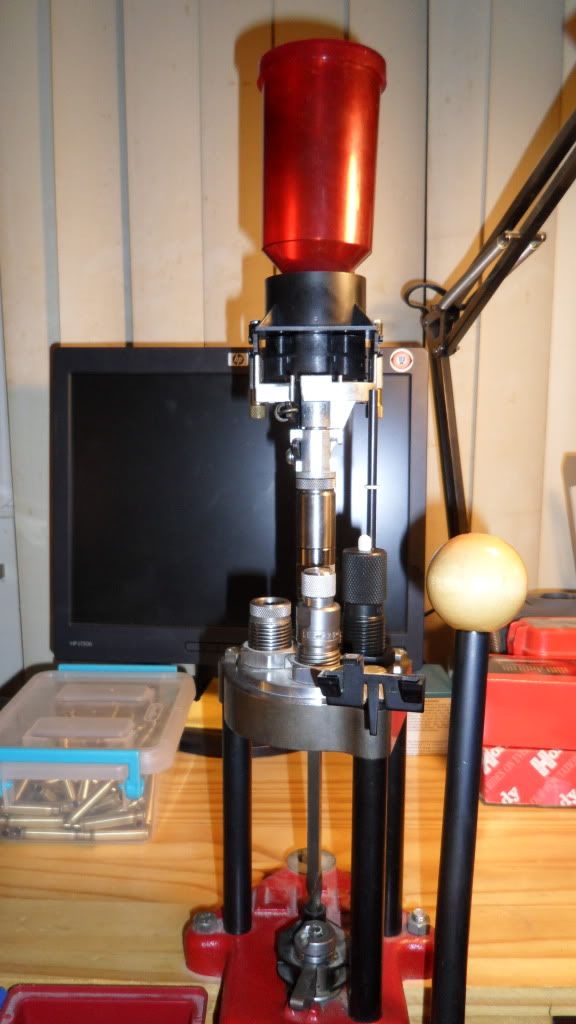I have a Lee Turret and have been loading pistol for about 10 months now. I am confident with my ability to produce pistol rounds. 9mm, 45 ACP and 38 Spl.
I am not considering moving up to reloading for my AR15. I know 556 is not the most cost effective round to reload but it is what I shoot the most.
From what I understand I need a case trimmer, case lube, additional turret & die set.
What else am I missing? Also what powder do people recommend. I have been using HP-38 for my pistol rounds.
My understanding is that on a Lee Classic the process is as follows:
My steps are;
1. lube, deprime/full case resize
2. neck resize
3. wipe cases down with a clean dry cloth
4. clean primer pocket
5. resize/chamfer (Need Recommendation on Resizer)
6. clean while on the trimmer
7. prime
8. powder Charge
9. seat the bullet
10. crimp the bullet
11. Done!
Any and all help is appreciated. Also what is the approx. cost per round for reloading free once fired brass in 556? I can buy decent 556 at about $.32 a round so I am looking for what my relative savings will be.
I am not considering moving up to reloading for my AR15. I know 556 is not the most cost effective round to reload but it is what I shoot the most.
From what I understand I need a case trimmer, case lube, additional turret & die set.
What else am I missing? Also what powder do people recommend. I have been using HP-38 for my pistol rounds.
My understanding is that on a Lee Classic the process is as follows:
My steps are;
1. lube, deprime/full case resize
2. neck resize
3. wipe cases down with a clean dry cloth
4. clean primer pocket
5. resize/chamfer (Need Recommendation on Resizer)
6. clean while on the trimmer
7. prime
8. powder Charge
9. seat the bullet
10. crimp the bullet
11. Done!
Any and all help is appreciated. Also what is the approx. cost per round for reloading free once fired brass in 556? I can buy decent 556 at about $.32 a round so I am looking for what my relative savings will be.


